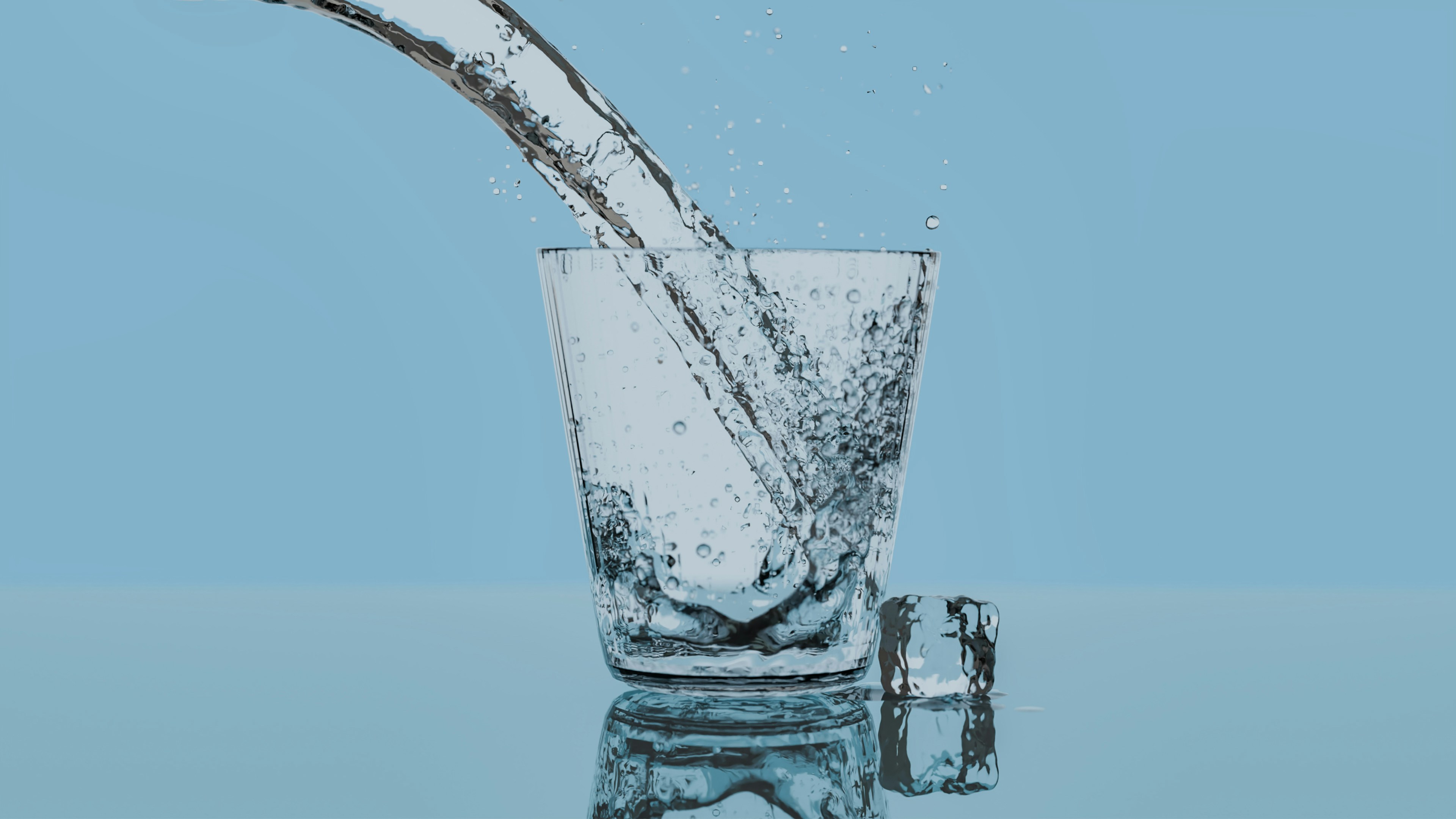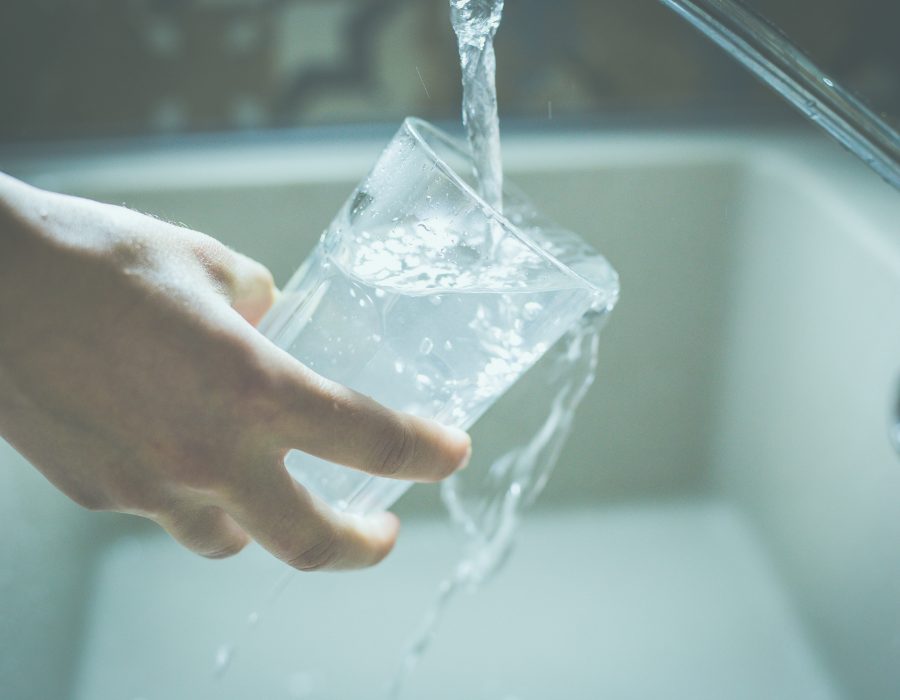Filtered Water vs. Tap Water: What’s Really in Your Glass?
.png)
The Tap Water Paradox: “Safe” Doesn’t Mean Optimal
Municipal water is treated to meet legal safety standards, but those standards haven’t meaningfully updated in decades. While your tap water won’t make you sick immediately, it often contains:
- Chlorine (used to kill bacteria, but dries skin/hair)
- Lead (leaches from old pipes; linked to developmental issues)
- PFOAs (“forever chemicals” from industrial runoff)
- Microplastics (found in 94% of U.S. tap water)
Regulations lag behind science. The EPA monitors only 90 contaminants—but over 300 have been detected in U.S. water supplies.
Filtered Water vs. Tap: Key Differences
1. Contaminant Removal
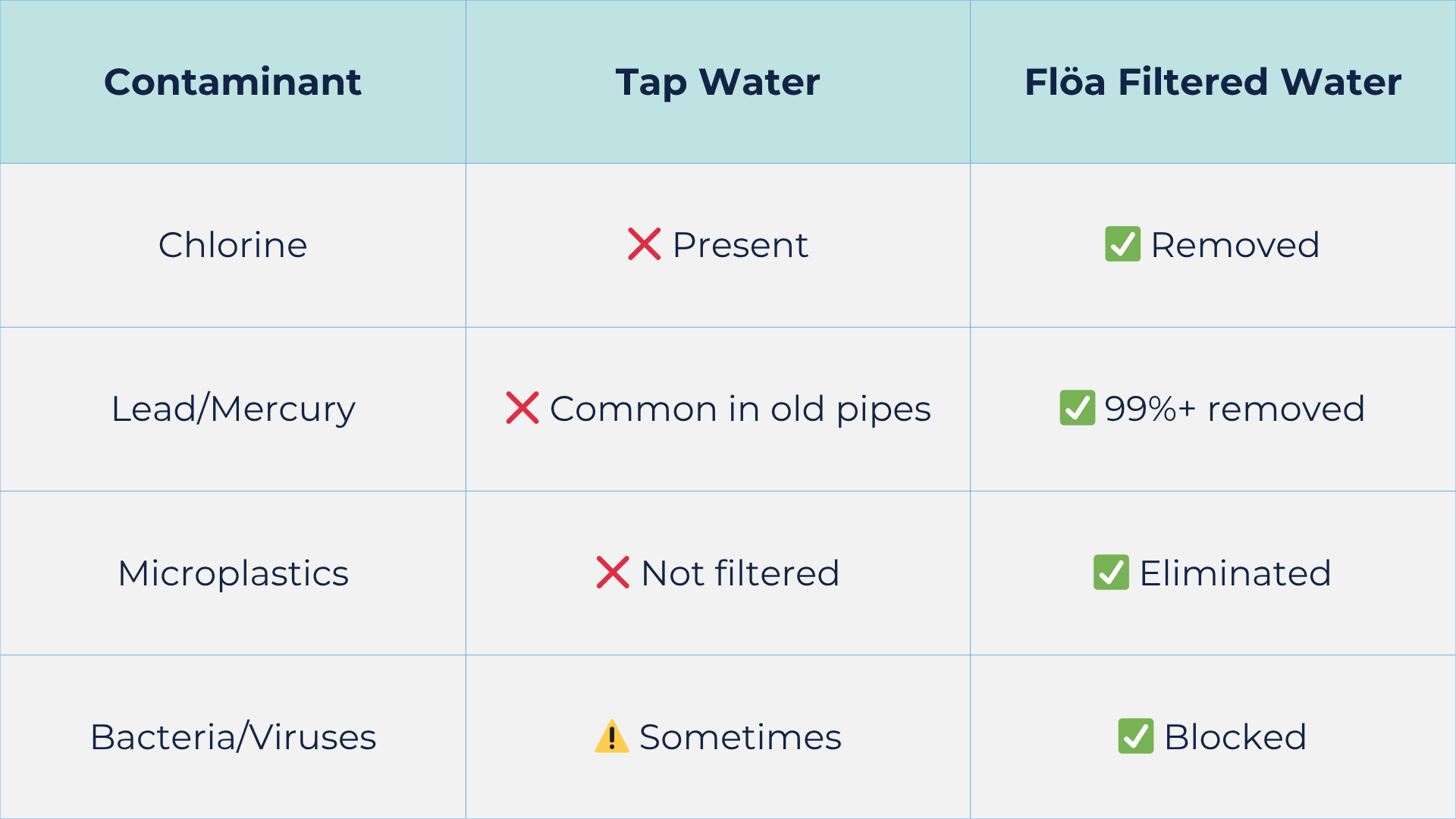
Why it matters: Even “trace” heavy metals accumulate in your body over time, potentially affecting immunity, hormones, and cognition.
2. Taste & Smell
Chlorine and sulfur give tap water a chemical or metallic aftertaste. Filtered water removes these, delivering:
- Crisp, neutral flavor (coffee/tea tastes purer)
- Zero odor (no more “swimming pool” smell)
Fun fact: Many sommeliers use filtered water to cleanse their palates between wine tastings.
3. Health & Longevity Benefits
- Skin/Hair: Chlorine-free water reduces dryness, eczema, and frizz.
- Gut Health: Fewer contaminants mean a happier microbiome.
- Plumbing: Scale buildup from hard water clogs pipes and drains.
4. Environmental Impact
Filtered water slashes plastic waste (1,000+ bottles per household annually) and reduces the carbon footprint of water transportation.
“But My Tap Water Tastes Fine!” (The Hidden Risks)
Even if your water seems clean, invisible threats like PFAS (linked to cancer) and pharmaceutical residues (from wastewater) often slip through. Most municipal systems don’t test for these.
Real-World Example:
In 2023, a study found that 45% of U.S. taps contained PFAS—but fewer than 10% of locals were notified.
How to Choose the Right Filtration
Not all filters are equal. Here’s how Flöa stacks up:
- Under-Sink Systems: Remove 99% of contaminants for drinking/cooking.
- Whole-Home Filters: Protect every tap (shower, laundry, etc.).
- Shower Filters: Block chlorine for softer skin/hair.
Avoid pitchers/generic filters— many only improve taste without addressing heavy metals or microbes.
The Flöa Difference
Our systems combine medical-grade filtration with minimalist design:
✅ Third-party tested (NSF standards)
✅ Smart reminders for filter changes
✅ Eco-friendly (no plastic waste)
Your water shouldn’t just be ‘safe’—it should optimize your health.







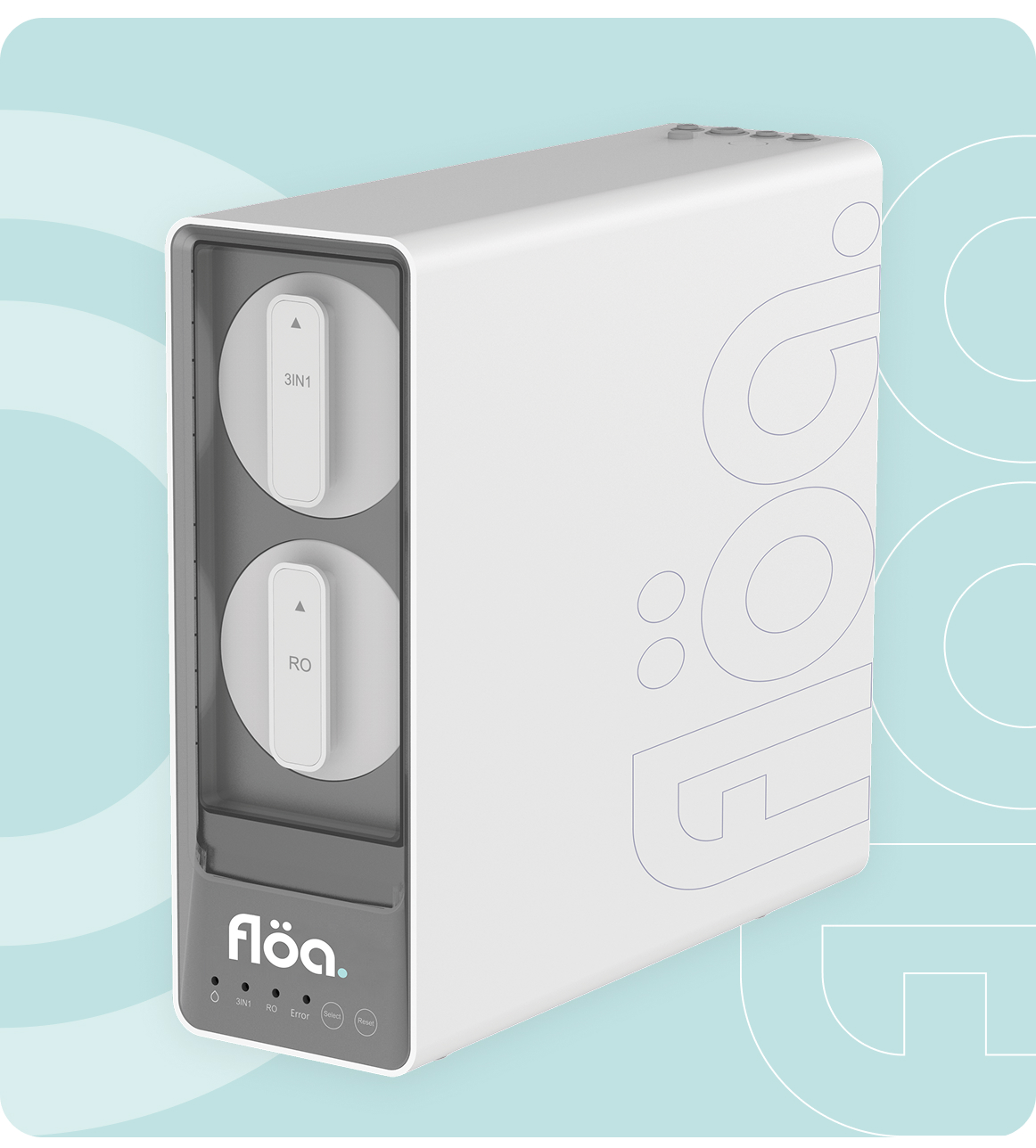
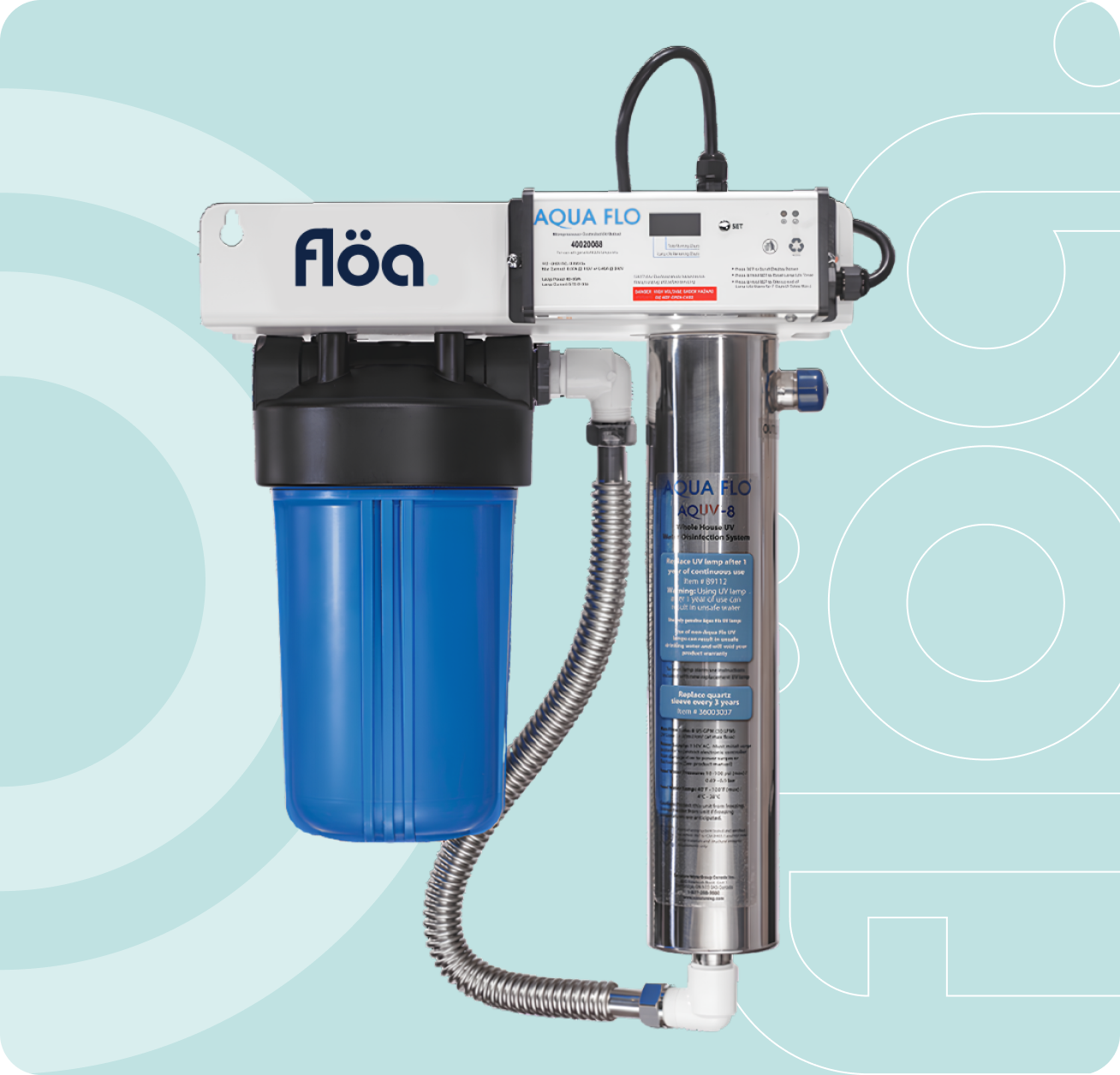

.jpg)

